In a company, one rarely choose their training courses. The anticipation of needs by the management often determines the schedule. For those who are self-employed, and even more so for craftsmen, training is a demanding task and a matter of personal discipline.
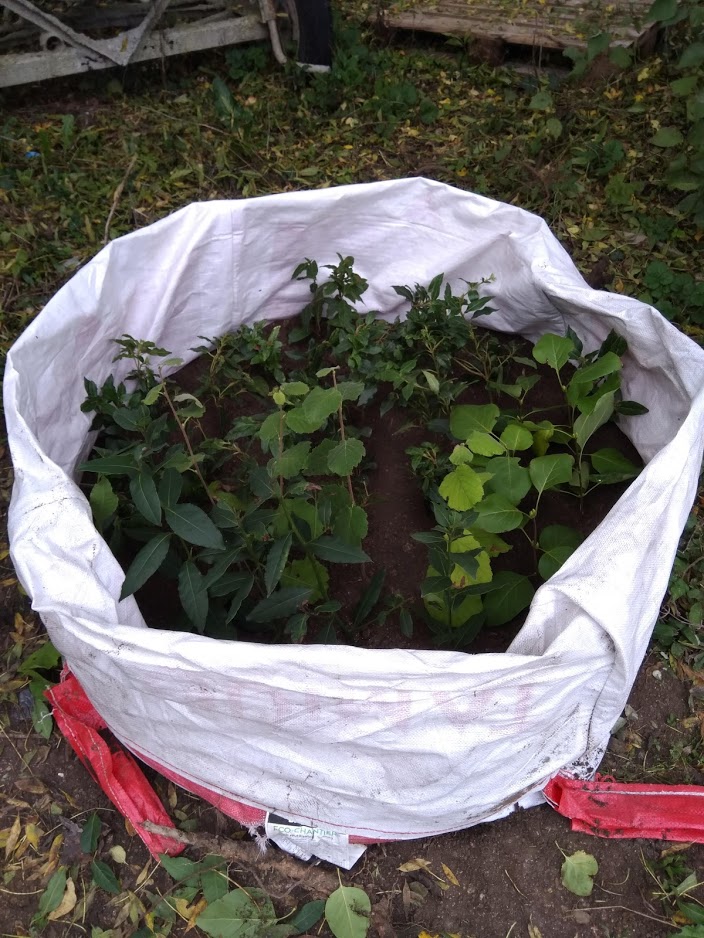
Having stopped working as a salaried employee and then as an on-site freelancer has allowed me to regain control of my schedule. Not having one full-time client, but several simultaneously, offers many down times, from a few hours to several days. I use the longest of these to reinforce my personal autonomy. At any time of the year, there is always work to be done. The shorter pauses offer less freedom. Taking out the tools and putting them away takes time. Moreover, the brain hates it when context changes abruptly and wastes time trying to find its way around. Better stay focused on the same type of activity then. Extended learning is a great fit for these medium-sized open slots – between half a day and an hour. For anything shorter, a clear break is the best investment.
That settles the question of 'when to train'. But to do what exactly? Here is my personal recipe, with no pretence to any authority.

I train using 3 families of sources, each with its own temporality. This diagram is a rough assessment of the value of each source. Science and books offer solid knowledge that has been verified and often designed to last. This is not the priority on the Internet, which is more likely to be a place for debate and experimentation. Of course in reality things are more complex. Some blogs like Mark Seemann's or Martin Fowler's are somewhat authoritive and it is not uncommon for researchers to write about the latest and most ephemeral trend and be publish. Like any model, this diagram is wrong, but useful.
The rest of this paper presents each of my sources of knowledge. You can jump directly to the one that interests you.
- The foundation: books.
- The professional conversation: videos, blogs, podcasts.
- The state of the art: research papers.
The books
A good book is a robust body of knowledge, a basic brick in a developer's continuing education. Every profession has its authoritative sources. Ours is no exception: Martin Fowler, Uncle Bob Martin, Osherove, Hunt&Thomas, etc. There are already tons of 'must-haves' lists on the Internet, so I won't list my entire pro library.
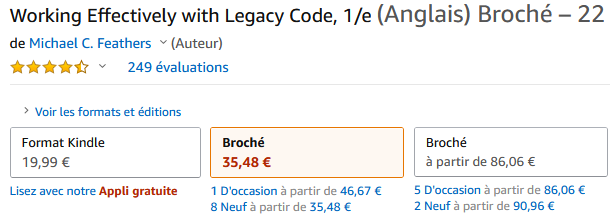
The cost of the technical books is the first obstacle to acquiring them. 50€ is not an unsual price for this type of book, large and with a small circulation. The most popular ones are rarely available second hand. And I personally hate annotating books, which leads to an inelegant post-it-fest on them.
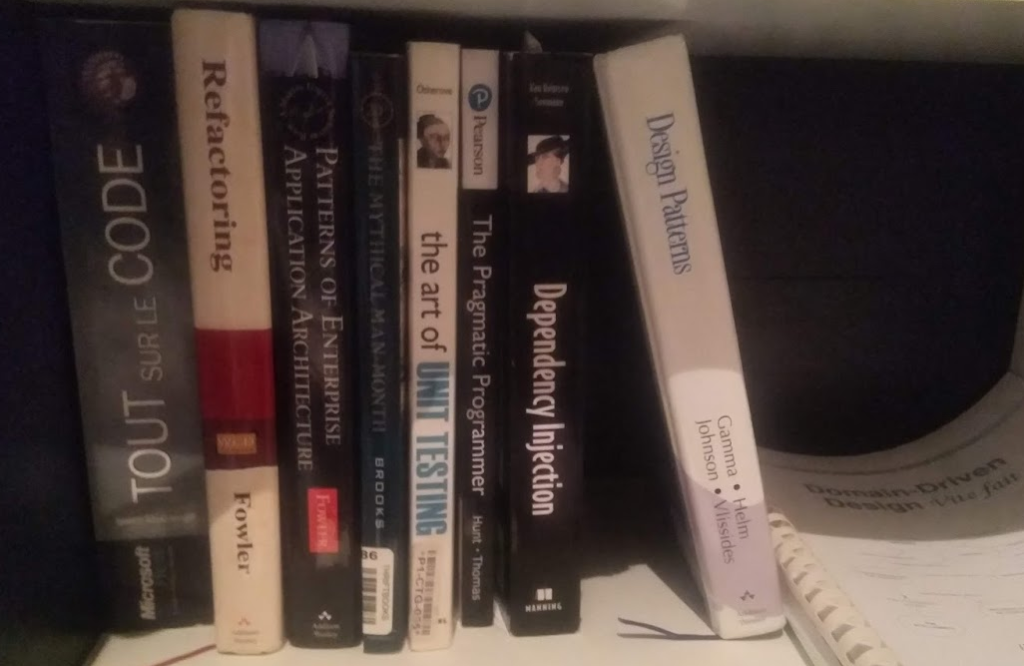
Having books is mandatory for a developer, you can't do without them and any additional knowledge will build on this foundation. If your shelves are empty, I recommend starting there. Only then can you explore what researchers and practitioners have produced most recently.
To find good books, I have two methods: asking for recommendations in the community and looking at the most cited books in scientific papers. This way I have a good chance of not investing in disappointing books. I tend to miss the latest publications, but I accept it because that is not why I buy books.
| Pros | Cons |
|---|---|
| High density of information | Key knowledge |
| Key knowledge |
Research papers
Collecting and reading research papers accounts for about 2/3 of my training time. About half of it is reading. The rest is spent tracking references, filing, downloading and printing articles.
Collecting and reading research papers accounts for about 2/3 of my training time. About half of it is reading. The rest is spent tracking references, filing, downloading and printing articles.
- A beginner would be better off reading the classics and practicing for a few years, otherwise scientific knowledge may seem dry and very abstract to him, because his limited experience bars him from having encountered yet practical applications for what the articles discuss.
- A non-English speaker will have no access to 99.99% of the papers. English being the Latin of computing, learning it is not an option.
- A non-English speaker will have no access to 99.99% of the papers. English being the Latin of computing, learning it is not an option.
With these precautions in mind, I will share my method. I have been refining it for 3 months and using it successfully.

- It all starts with a simply Google Scholar search on very vague topics. The more vague the better, we'll see why next.
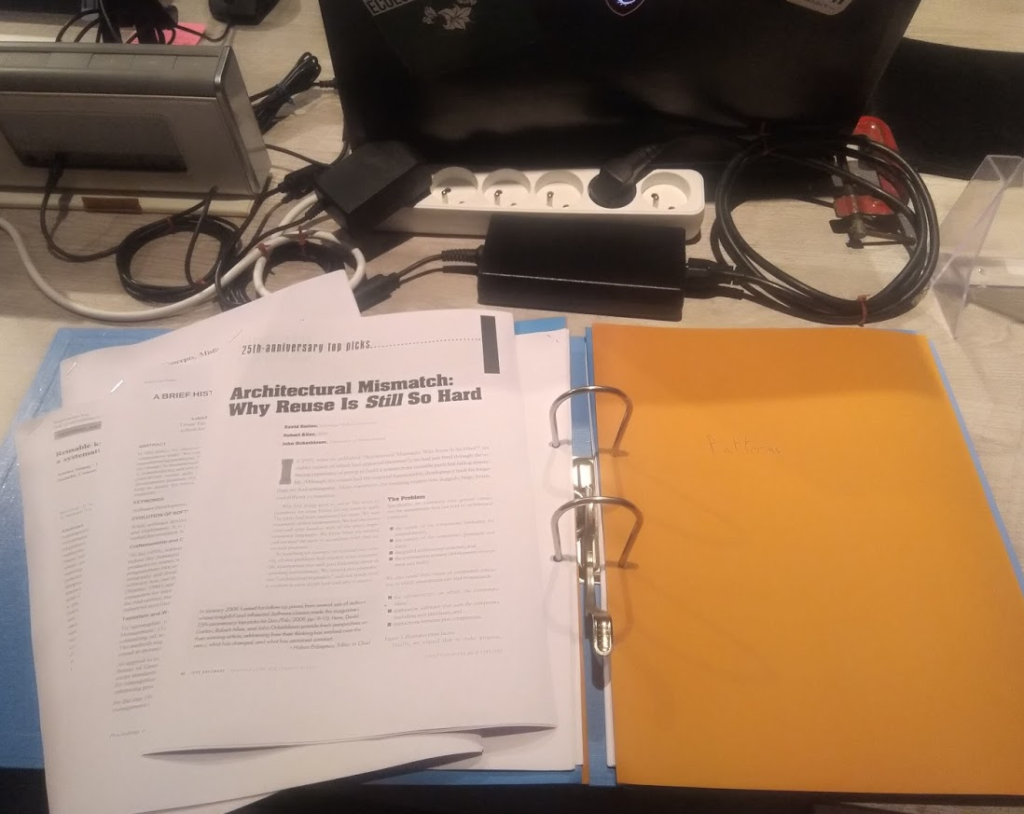
- The results arrive by mail, I sort them first by their title, and a second time by their abstract. I store the interesting articles to print them in batches, as I hate reading long documents on a screen).
- Now comes the time for reading. I do a first quick superficial reading. It allows me to make 2 stacks. The first one will be read in more detail later. The second one will only be used to extract interesting references (this is notably the case of meta-studies, which are not always useful to non-researchers).
- I extract the references of all the papers I read. They will be mixed with the Google Scholar results to perform the next iteration. The referenced books are noted in a notebook. The most cited book is likely to be ordered.
- I sort the papers I want to keep by their major themes, with a post-it note for each summarizing its interest and possibly bookmarks. They are intensely highlighted.
A full cycle takes about a week. I have not yet found a viable method to manage periods of intense scientific activity. For now, the unread papers pile up without constituting a major inconvenience. The reading order is perfectly arbitrary, I read according to my fancy.
| Pros | Cons |
|---|---|
| Solid knowledge, often verified | Often difficult to read |
| Present the techniques of tomorrow | Long and tedious sorting process |
Videos, blogs et podcasts
The professional conversation is the last family of sources in my order of priority. This is for many reasons :
- Following it is exhausting. Everything moves very fast. Good tools are necessary, but they only make sourcing work slightly less painful.
- The community produces a lot of noise and drama. Many leading professionals have trouble separating their expertise from their strong opinions, especially during major political events. When the ‘opinion’ and ‘expertise’ channels aren't separate, even the best monitoring tool drowns in noise
- I am mostly satisfied with the two previous sources. The solidity of the great authors mixed with the latest discoveries of the researchers is an effective mixture.
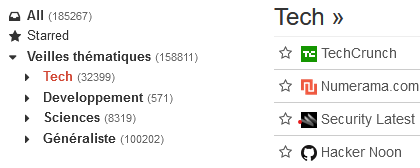
This is strongly felt in my technical watch, which is completely neglected and eaten up by product placements. That's why I won't give any advice in this article. I plan to get my technical watch back on track, capitalizing on the knowledge I acquired at the École de guerre économique. An article will come out of it, some day.
| Pros | Cons |
|---|---|
| Immediately applicable | Very variable quality |
| Easy to share | Lots of noise and drama |
| Strong investment needed to keep one’s watch up to date. |
Conclusion
We are what we eat. This is true for the mind as well as the body. With the Internet, the temptation of intellectual nibbling is great: to learn only about fashionable technology, while neglecting the more substantial works that give us substance. Often less accessible, they only reveal their secrets to those who take the time to learn how to cook them. This is true for books, but especially for scientific papers. Unlike their peers in other sciences, CS students never hear about research during their initial training and barely have any notion of it. If I had not come across zetetics and the world of popular science, I would have missed an abundant and precious source of knowledge.
We are what we eat. This is true for the mind as well as the body. With the Internet, the temptation of intellectual nibbling is great: to learn only about fashionable technology, while neglecting the more substantial works that give us substance. Often less accessible, they only reveal their secrets to those who take the time to learn how to cook them. This is true for books, but especially for scientific papers. Unlike their peers in other sciences, CS students never hear about research during their initial training and barely have any notion of it. If I had not come across zetetics and the world of popular science, I would have missed an abundant and precious source of knowledge.
Enzo Sandré
